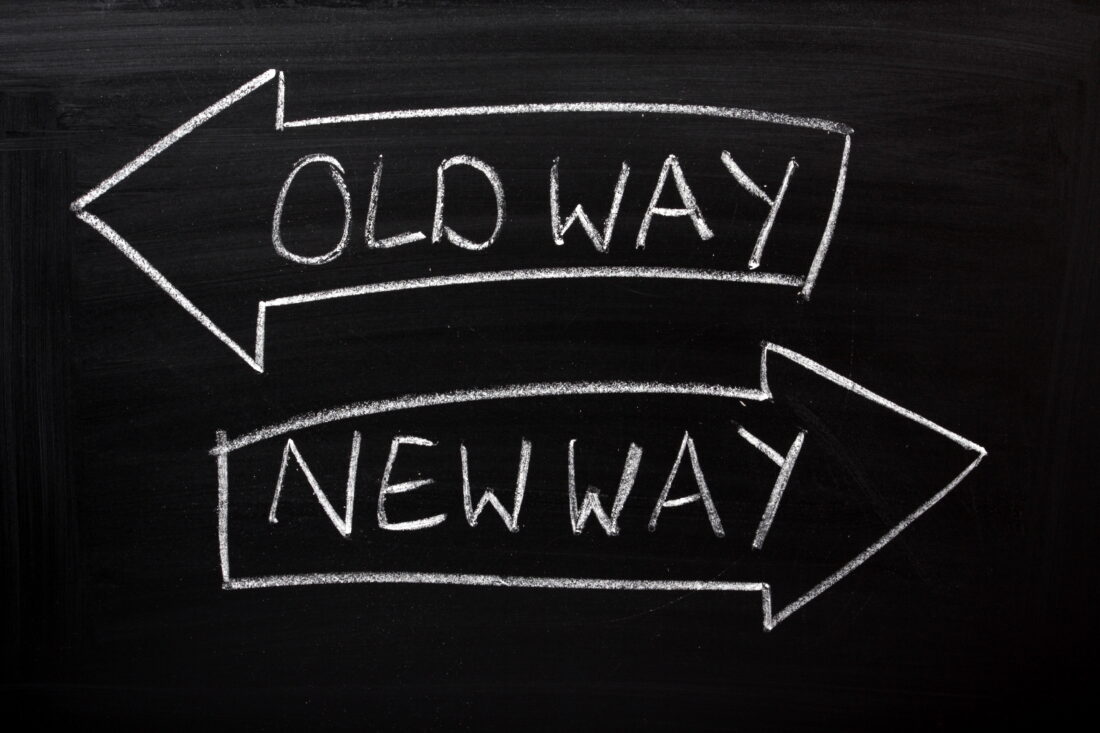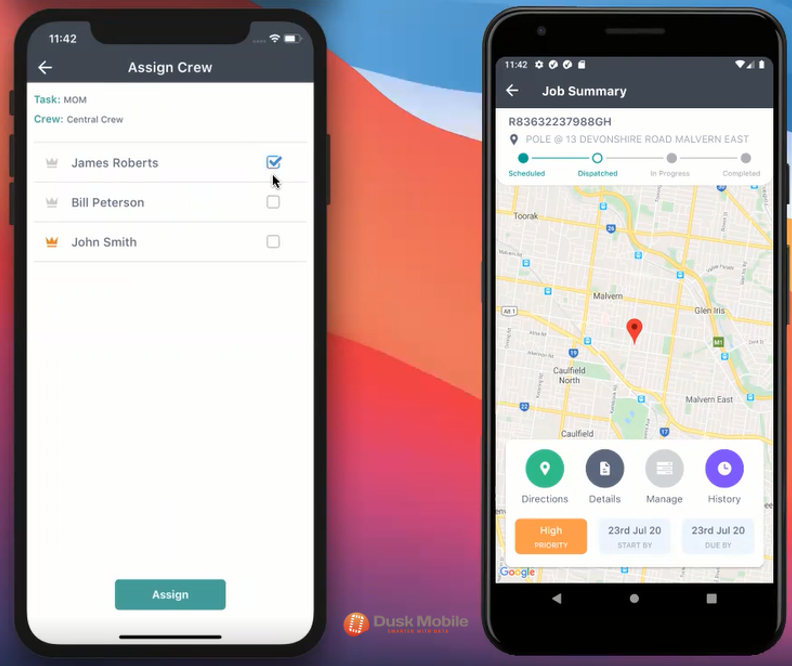
5 important metrics for contract performance management
You’ve signed the contract and ready to start servicing it. Here are 5 important metrics for contract performance management, from the supplier side of the table that should be in your software platform and why.
1. Cost & Cashflow
Are you making money or losing money? Do you have visibility into why? Are you getting a return on investment? Fixed price, margins, conditions and compliance, incentives and variances all impact a contract. As with any business relationship, if either party is doing significantly better or worse than the other, there are going to be challenges.
Gross Margins sit in here to measure contract profitability. Capturing all of the line items for analysis to service the contract such as:
- Labour – full time, part time, shared resources, contractors/third parties
- Equipment – vehicles, fuel, servicing, repairs, technology
- Materials – infrastructure, office supplies
- Selected others – office space and associated costs, marketing and more. Running through your P&L is an excellent starting point.
Having the backing of solid data and understanding why provides a starting point during the contract to remedy any anomalies. This then feeds your accounting system with real time data. If your contract is fixed price, look for opportunities to reduce costs or increase margin within the 4 walls of your business but still ensure contract compliance.
Tracking costs that need to be passed on at a granular level over the course of the contract, can make or break the profitability. If your contract has a clause for payment of third party expenses based on validation, selecting a software platform that enables you to capture this goes without saying. The easier one party makes it for the other with fact based evidence and clean data, the better for all involved. Photos, videos and text capture at a minimum. Turning up with a list of expenses on paper for the month isn’t going to be well received!
2. Punctuality & Response Time
Are your deliverables being met on time? Do they align with third party deliverables? The spectrum here is large and ranges from a return phone call or a parcel delivery through to critical service restoration. Defining these and aligning them between multiple parties is with transparency across the board is a key metric to track.
Real time data such as arrivals, departures, issuing, closeout and others provide a powerful insight into this metric. Your solution should enable you to configure those real time data points and report on them accordingly.
3. Flexibility
You’ve commenced the contract but change is the only constant, with contracts being no different. Tracking flexibility is a good metric and becomes important at renewal time for negotiations and other contracts you might be responding to. Is there the ability to be flexible in the contract and to what extent? All care and no responsibility is not a recipe for success. Both parties should benefit from the contract.
Capturing variations, change requests or other amendments including costs, signatures and any performance metrics against them should be readily available when selecting a software platform.
4. Quality & Consistency
Aside from the actual delivery, how do you ensure that the quality and consistency is both measured and maintained? Looking for a common underlying metric, such as tying back to complaints and the time to resolve those is regularly used but by no means the only way.
Returns of an item based on failure rates and follow up audits, either internally or by a third party all provide a measure. The ability to capture information using structured data to support the overall contract management, should be considered ahead of contract commencement. Alerts, notifications and integrations to your existing systems is standard today, especially where safety is concerned.
Defining meaningful KPI’s and then automating the monitoring of them followed by alerting should also be explored
5. Customer Satisfaction
This can be measured with the customer you are supplying the contract to, or to the people you are servicing. Both are very important.
There are different metrics that can be measured here. Complaints lends itself across different contract types and sizes. How often is a complaint received, what is the nature of the complaint? How long did the complaint take to resolve?
Real example #1 – I recall walking through Heathrow airport several times recently at different departure points and all had 3 simple buttons in green, orange and red with a smiley face, neutral face and unhappy face on them, placed strategically after an interaction with a person. One was located after passing through customs ready for pressing, another was located in a lounge after security screening. Real time simple data collection for sentiment analysis that can be applied during a contract.
More comprehensive survey tools may already be in existence in your organisation such as Survey Monkey. Integrating to these to leverage investment and capability should be prioritised. However, consolidating the data against other contract metrics provides the real value of overall of the contract performance. Track and monitor current issues and risks with real time easy to view dashboards that can be customised.
Another metric for customer satisfaction is renewals. Tracking the renewal ratio vs. the churn ratio provides a good insight into customer satisfaction. This this a feasible measure on all contracts though.
Larger contracts with formal tender processes and review panels are less able to use renewal and churn as a measure, given the other human factors in the decision making process. So, in that type of contract, ongoing measurement becomes all the more important.
Selected other features to consider:
- Full contract lifecycle management – RFP to contract closeout
- Automated alerting and notifications – real time and never miss a metric
- Reminders for contract renewal milestones and expiry – when does the contact go to market
Other areas to consider for managing contract performance for different industries include; Average Deal Size, Recurring Contact Value and Response Time.
Collaborate with your suppliers and customers through indexed documents. Multiple tools now make it easy to index even paper contracts where no soft copy is available
References
Peter Drucker – Quote “What gets measured gets improved” – The Practice of Management
Takeaway Tip
So how do you get started? Speak to the team at Dusk about a trial of our platform for performance management of contracts. Connect to your existing systems to create an all of contract view that can be shared between all parties.
The Dusk Mobile Intelligent Operations Platform connects your staff on any device, any time and in any location. Integrate your favourite products quickly and easily for real time collaboration amongst your teams. Automating work functions and delivering a connected experience has never been easier and achieving productivity improvements can start tomorrow.
If you’d like to find out more on visibility, consistent messaging, workflows, automation with project management and easy integration for your teams or business, get in touch today with our friendly team.
Any questions: Our community is here to help in the Support & Updates area!
Try a 14 day free trial of our Intelligent Operations Platform and start seeing the benefits of automated workflows, informed decision making and a single, comprehensive view of your business in real time. Start collaborating today.
Start your free trial today
Not sure where to start? Request a demo from our team via the link:
Request a Demo
Or you just have some questions:



